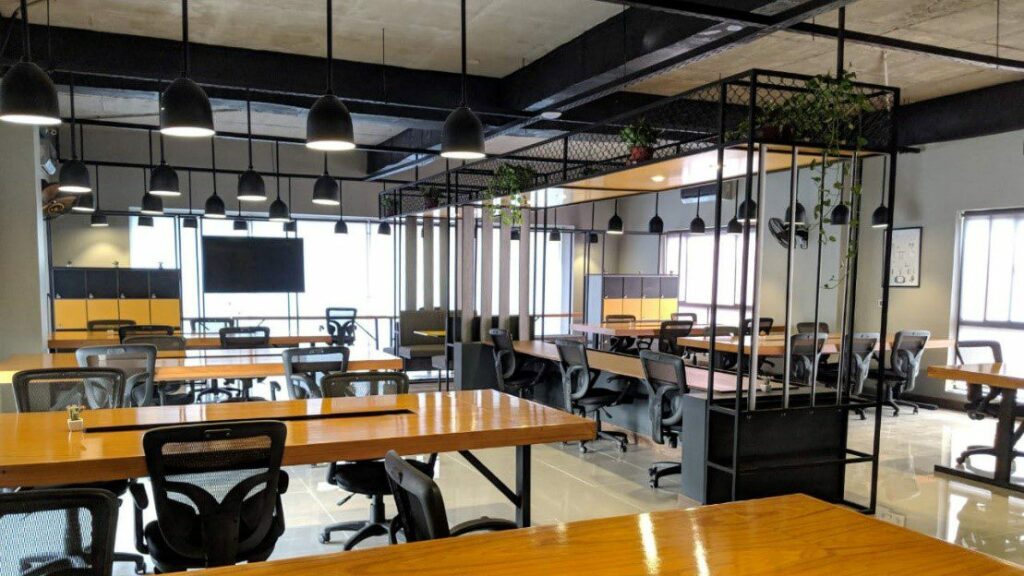Introduction
In today’s fast-paced world, co-working spaces have emerged as a revolutionary solution for professionals seeking flexible, efficient, and collaborative work environments. Whether you’re a freelancer, entrepreneur, or remote worker, these shared spaces offer more than just a desk; they provide an ecosystem designed to boost productivity and foster innovation. In this guide, we’ll explore how to maximize productivity in modern co working spaces and make the most out of this dynamic work setting.
Understanding Co-Working Spaces
Co-working spaces are shared office environments where individuals from different companies and industries work alongside each other. Unlike traditional office settings, co-working spaces offer flexible membership options, including hot desks, dedicated desks, and private offices. They are designed to accommodate a range of needs, from casual freelancers to growing startups.
The Appeal of Co-Working Spaces
Co-working spaces have gained popularity for several reasons:
Flexibility: Members can choose from various membership plans, including daily, monthly, or long-term options. This flexibility is ideal for businesses with fluctuating needs or individuals who travel frequently.
Cost-Efficiency: Renting a co-working space can be more economical than leasing a private office. The cost typically includes utilities, internet, and access to common areas.
Networking Opportunities: Being in a shared environment with professionals from diverse fields fosters networking and collaboration opportunities that are often absent in traditional office settings.
Creating an Optimal Work Environment
To truly maximize productivity in a co-working space, consider the following strategies:
1. Choose the Right Space
Not all co-working spaces are created equal. Select one that aligns with your work style and requirements:
Location: Opt for a space that is conveniently located to reduce commute time.
Amenities: Ensure the space offers amenities such as high-speed internet, meeting rooms, and comfortable workstations.
Atmosphere: Consider the overall ambiance. Some spaces are designed for quiet focus, while others are more vibrant and collaborative.
2. Set Clear Goals
Having clear goals is crucial for productivity. Define what you want to achieve in a day or week, and plan your tasks accordingly. Co-working spaces often have communal areas and meeting rooms that can help you stay organized and on track.
3. Establish a Routine
Consistency is key to productivity. Develop a routine that includes regular work hours, breaks, and time for meetings. Co-working spaces often have set hours, so aligning your schedule with these can help maintain a productive rhythm.
4. Leverage the Community
One of the greatest advantages of co-working spaces is the opportunity to connect with other professionals. Engage with fellow members, attend networking events, and participate in community activities. Building relationships can lead to collaborations, new ideas, and valuable feedback.
5. Optimize Your Workspace
Personalize your area to enhance comfort and productivity:
Ergonomics: Invest in an ergonomic chair and desk accessories to prevent strain and discomfort.
Organization: Keep your workspace tidy and organized. Use storage solutions to manage documents and supplies efficiently.
Decor: Add personal touches such as plants or artwork to make the space feel more inviting and conducive to work.
6. Utilize Technology
Modern co-working spaces are equipped with various technologies to facilitate productivity:
High-Speed Internet: Ensure that the internet connection is reliable and fast. If not, consider using a personal hotspot.
Collaboration Tools: Use digital tools like Slack, Trello, or Asana to manage projects and communicate with your team.
Printing and Scanning: Take advantage of shared office equipment for your document needs.
Overcoming Common Challenges
While co-working spaces offer numerous benefits, there are also challenges to address:
Noise Levels: Some spaces can be noisy, which may disrupt concentration. Use noise-canceling headphones or find quieter zones if necessary.
Distractions: The open layout can lead to distractions. Set boundaries and communicate your need for focused work time to avoid interruptions.
Privacy: Limited privacy can be a concern. If you require confidential conversations or work, consider using private rooms or scheduling calls during off-peak hours.
Making the Most of Co-Working Amenities
Many co-working spaces provide additional amenities that can enhance your work experience:
Meeting Rooms: Book meeting rooms for client calls or team discussions. Ensure you understand the booking process and availability.
Kitchen Facilities: Take advantage of kitchen areas for breaks and meals. This can also be a great opportunity to socialize with other members.
Events and Workshops: Participate in events and workshops organized by the co-working space. These can provide learning opportunities and networking benefits.
Conclusion
Modern co-working spaces offer a unique blend of flexibility, community, and resources that can significantly boost productivity. By choosing the right space, setting clear goals, establishing a routine, leveraging the community, and optimizing your workspace, you can make the most of this innovative work environment. Embrace the opportunities for networking and collaboration, and use the amenities provided to enhance your productivity and work experience. With the right approach, a co-working space can be a powerful catalyst for professional growth and success.

